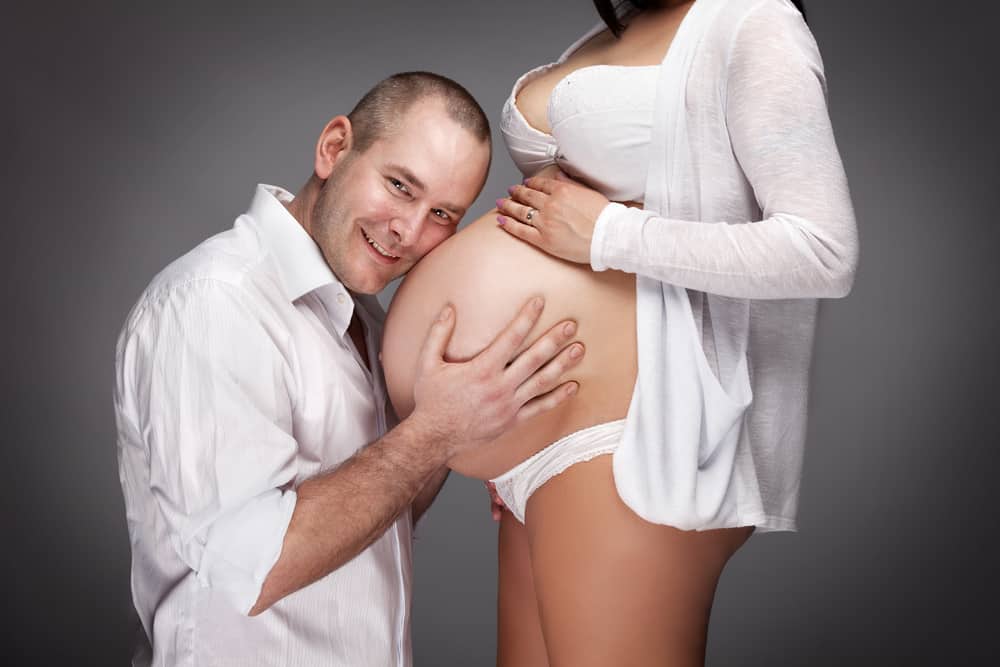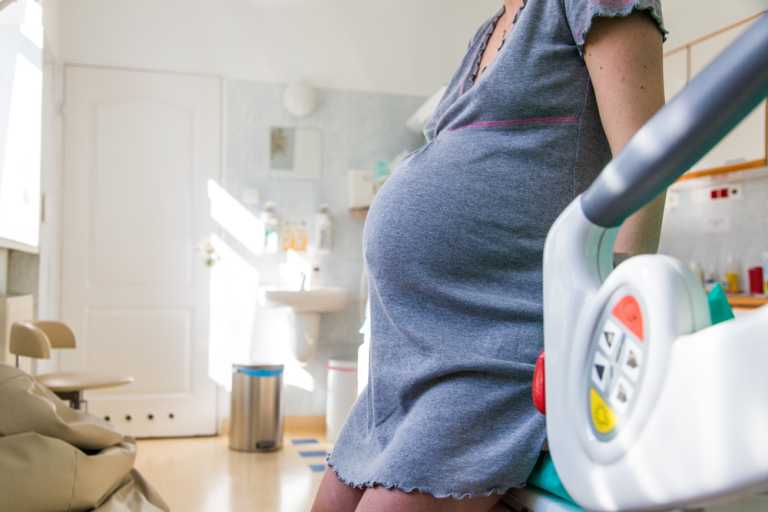One of the most exciting moments in a pregnancy is when you feel your baby kicking for the first time. However, many mothers, especially those experiencing their first pregnancy, aren’t always aware of the first kicks.
They often mistake them for gas or nerves. Nevertheless, somewhere in the second trimester (sometimes as early as the 13th week for women who have had previous pregnancies and as late as the 26th week for first-timers), you will feel that first kick – something akin to flutter or tickle deep in your belly.
Please make no mistake. It will be one of your pregnancy’s best and happiest moments. Those little kicks, which will become more frequent and more powerful as your baby grows, are often your baby’s way of communicating with you.
It’s essential to pay attention to them so that you can learn what your baby is trying to tell you.
Baby Kicks 101
- Babies are generally most active between the hours of 9 P.M. and 1 A.M. in response to a change in blood sugar levels.
- Babies will generally kick more if you’re lying on your left side because circulation improves in this position. (It also helped me during those times when I was battling pregnancy-induced heartburn and indigestion. Lying on my left side helped facilitate my digestion. Chewing gum also did the trick, too!)
- Your health helps to determine your baby’s activity level. If you smoke, are experiencing excess stress, or have poor eating habits, your baby’s kicks may reflect that with weaker or less frequent movements.
- Babies often kick in reaction to noise. Some babies will respond positively to voices, particularly their parents. However, many will become agitated when they’re subjected to noisy environments. To avoid undue stress, it’s best to avoid loud noises whenever possible.
- Babies often kick to turn themselves away from light. They like dark, quiet environments. Do your best to keep bright light away from them if you notice they start kicking a lot when you expose your tummy to light.
- Babies often kick in reaction to foods you’ve eaten. Spicy foods get many babies up and kicking. Sugary foods can deliver a sugar-high to your baby that induces lots of movement and restlessness. Even though it may be reassuring to feel your baby’s heightened activity, it’s best to avoid sugar-laden foods and drinks and opt for healthier alternatives. Proper nutrition is vital to the well-being of both you and your baby.
- Babies often kick in reaction to your movement. Babies usually respond with an activity of their own if you’re exercising or just having a generally busy day.
- Most fetuses will move around thirty times every hour, although you won’t necessarily feel all of those movements due to the baby’s positioning within the womb.
- Movements tend to subside around the 32nd week as your baby gets bigger and has less room to move about.
It’s essential to pay attention to your baby’s kicks and patterns. Getting comfortable with your baby’s schedule and reactions to certain stimuli will help you recognize any possible reasons for concern.
The American Pregnancy Association suggests keeping track of your baby’s movements to detect ten kicks within a 2-hour time frame.
However, remember that what is normal for your baby may not be the average. Your baby might kick more frequently or less often.
What’s important is to get familiar with your baby’s movements and note any fundamental changes. There are several options for monitoring those kicks and jabs, each with its own set of advantages.
Options for Keeping Track of Your Baby’s Movements
- Baby monitors. Some mothers-to-be like to rely on technology to assure them that the baby is moving and developing nicely.
- Kick charts. Charts such as these require mothers to mark each movement in a specific time frame. The marks are counted at the end of the specified amount of time. These are handy if you want to keep track of movements over several hours, days, or weeks.
- The Old-Fashioned Way. Some mothers eschew technology or paperwork in favor of just resting and allowing themselves to become comfortable with the habits of their baby’s movements. Sitting quietly in a comfortable position and calmly noting your baby’s pattern of movement and active hours may be all you need to ensure that everything is fine.
Whatever works best for you is the best option. The important part here is to get comfortable with your baby’s unique way of communicating with you.
When To Get Things Checked Out
If you notice that your baby’s movements have noticeably decreased or weakened, it’s time to call your doctor to rule out any complications.
Don’t panic, though. Often, your baby is just resting, or its position may be making it more difficult for you to detect the kicks and jabs. In any case, it’s always better to check in with your doctor and follow her advice and suggestions.
If for no other reason, it will give you peace of mind, so you can rest. And, in all likelihood, your little baby will get going as soon as you relax and get comfortable, letting you know that he’s awake and would like some attention!




